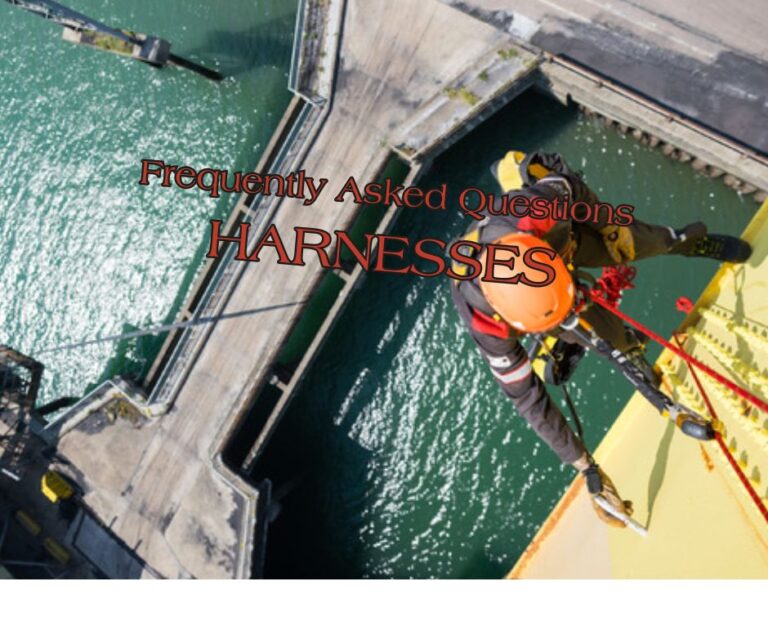This FAQ section tackles important questions about harnesses used in safety and rescue situations. It covers the differences between fall arrest and rescue harnesses, including their specific uses, design features like attachment points, and suitability for various rescue operations. We also discuss the classifications of harnesses according to NFPA 1983 standards and their applications, from emergency escapes to full-body support for complex rescues. Additionally, the section addresses the use of sternal D-rings for fall protection and the considerations for using shoulder D-ring attachments in confined spaces. This information aims to clarify the right type of harness to use for different safety needs and ensure that users are well-informed about compliance and effectiveness in rescue and fall protection scenarios.
Q: Can I use my fall arrest harness as a rescue harness?
A: No, rescue harnesses and fall arrest harnesses have different purposes. Rescue harnesses are designed to be comfortable for the rescuer while being lowered and raised, and they have multiple attachment points to allow the rescuer to be safely connected to the mainline and belay line. Fall arrest harnesses, on the other hand, are meant to be used in areas where there is a risk of falling, and they only have one attachment point for the safety line.
Q: What is the difference between a fall arrest harness and a rescue harness?
A: Rescue harnesses are designed for rescue operations, whereas fall arrest harnesses are designed for arresting a fall. Rescue harnesses typically have padding and multiple D-rings, while fall arrest harnesses often have no padding and a single D-ring.
Q: Can the front, sternal “D” ring of a rescue harness by used for fall protection?
A: Yes. Rescue harnesses are specifically designed for rescue and rope access applications. In compliance with ANSI 359 and OSHA fall protection criteria, the sternal D-ring may be used as a fall arrest connection point providing that the user does not free fall any further than two feet, and the impact force does not exceed 900 lbs. In essence, OSHA is treating vertical rescue and/or rope access as a work positioning event.
Q: What are the differences between classes of harnesses as stated in NFPA 1983?
The Class I Harness. This type of harness is usually just a belt that fastens around the waist and thighs or under buttocks. It is designed for emergency escape with one-person loads. Most victim rescue harnesses fall into this category.
A Class II Harness will fasten around the waist and thighs or under the buttocks, and may fail if the user becomes inverted. Additionally, rescue harnesses do not meet fall protection criteria.
A Class III harness is a full body harness that typically does meet fall protection criteria. This harness fastens around the waist and thighs or buttocks and over the shoulders; designed for rescue where two person loads may be encountered and inverting may occur.
Q: Are shoulder D-ring attachments a good idea for confined space work?
A: A few industrial type rescue harnesses do include shoulder D-rings. The necessity for this type of primary attachment is very dependent type of confined space the user is being lowered into. If the space is so tight that getting caught on something while being lowered, then the shoulder D-ring attachment may be the best option. In general, however, most rescue harnesses used for confined space work will include a primary attachment point at the center of the chest.
BUY RESCUE HARNESSES HERE
Peace on your Days
Lance










